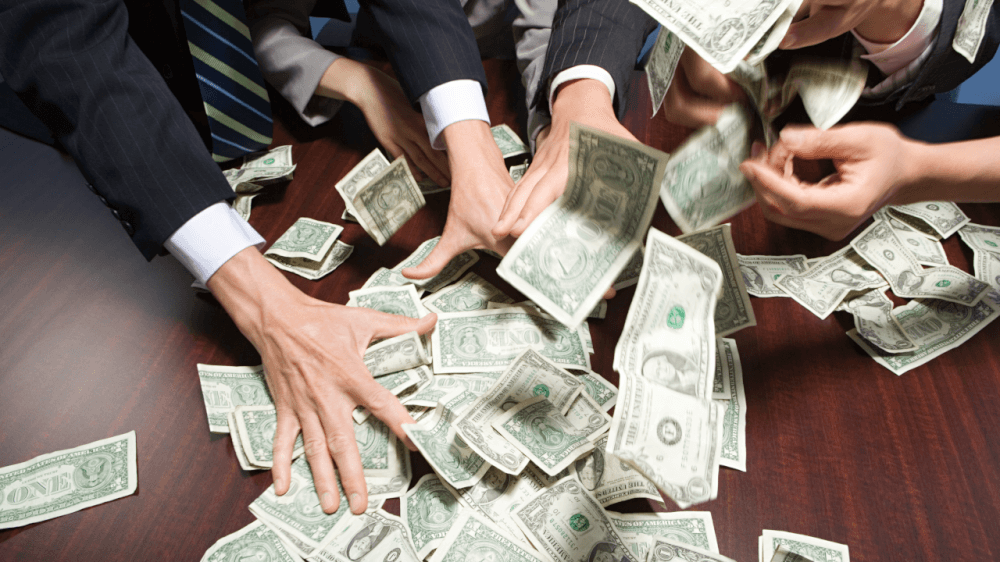
In response to the post-pandemic demand surge and faced with constricted inventory due to labor shortages, rising supply costs, and other challenges, hoteliers pushed their prices back to pre-pandemic levels in record time.
NB: This is an article from ZRM | Zwibak Revenue Management
Subscribe to our weekly newsletter and stay up to date
It was understandable that hoteliers would push rate – a hotel’s goal is to maximize revenue and profit, and they had a lot of missed opportunity to make up for. People were so happy to be traveling again that they paid.
Sources predict that hotels’ pricing power will remain strong. However, we don’t need a pandemic recovery to fall into the trap of overpricing. Why do we do this?
Misjudging demand & customer profile
I was at a select-service hotel in a second-tier city when the Grand Prix was announced. The CVB predicted unprecedented demand, and we revenue managers jumped on this opportunity to grow ADR. We put out non-refundable Super Bowl prices with 3-night minimums.
Our demand dried up. As we waited for the promised wave of demand to arrive, we realized we had misjudged the market’s profile. Firstly, our city is a drive-in market; guests don’t stay for three nights for special events. Also, we didn’t consider the demographics of our target guests. We were offering Monte Carlo prices to a NASCAR crowd. Of course nobody was booking.
Mistaking inventory shortages for demand increases
The downtown convention hotel I worked at had a repeat group over Thanksgiving weekend. They consumed more than 80% of our inventory – it was a hotel dream in a city where people leave during the holiday. With a special holiday discount in place, we achieved over 90% occupancy during my first two years there.
A new general manager arrived during my third year. Not having the history with is weekend that we did, he did not understand why we discounted our remaining inventory. He reasoned that we were down to our last rooms, and low supply meant high prices. He insisted despite our objections, and rates rose to just above our normal weekday rates.
Rooms stopped selling, and we needed to revert to our original holiday pricing. Why did the laws of supply and demand fail us? Because travelers didn’t care that we had limited availability. It was Thanksgiving weekend in a city where people wanted to leave; the fact that we were running low on rooms didn’t make people want them more.
Assuming that past demand will repeat
Consider the same hotel for Labor Day weekend. Just like Thanksgiving, people left the city rather than came to it. In 2012, we were chosen as the location for a new concert festival with some very popular headliners. As soon as the concert was announced, rooms began to book. We couldn’t raise our rates fast enough. It was beautiful.
The concert returned with similarly high demand the next year, and we took full advantage of the opportunity. Again, it was beautiful.
In 2014, we expected the same level of demand to repeat, but we were wrong. The festival’s newness waned, and the weekend looked more like 2011 than the previous two years. Not having anticipated this when setting our pricing strategy, we priced as we had in 2013 and 2014. We were selling special event prices in a market that had reverted to normal holiday-weekend low demand. Labor Day weekend 2014 was not beautiful.
Testing how much the market will bear
I worked with a select-service hotel in a beach destination. As the only one with oceanfront rooms, we could charge whatever we wanted during the summer. We ran 98% occupancy from mid-June to mid-August, so we pushed the rate—and we pushed it some more.
Curious about the impact of these prices on guest satisfaction, I performed an experiment. We were tracking our TripAdvisor ratings at the time, so I compared that data to our rates. There was an almost perfect negative correlation between the two. When our price went up, our rating went down. Why?
Higher prices meant higher guest expectations. While this was a lovely hotel with excellent staff and a prime location, it was still a mid-tier product in a mid-tier market. Regardless of product quality, you can’t price a Toyota like a Rolls Royce. Just because people will pay the rate doesn’t mean you should charge it.
Getting Greedy
While with a downtown, full-service hotel, a visit from a global icon was announced. Prices shot up, and at my hotel, we landed on an $800, six-night, non-refundable rate. (I was the lone dissenter to this strategy. Not only did I doubt anyone would book in, I knew that we couldn’t deliver $800 service.) To my colleague’s surprise, people didn’t line up to book with us.
I moved to a different hotel within the brand shortly before the visit and still had access to the reservations system. Out of self-righteous curiosity, I watched it closely to see what happened. As bookings go, not much. Just three people booked the $800 special rate.
Internally, a lot happened. The price dropped steadily, and eventually all restrictions were lifted. As the visit drew nearer, rates at all hotels hit rock bottom. But it was too late. The hotel’s occupancy was abysmal, and the desperate attempt to make up for the loss resulted in an equally tragic ADR.
Don’t get greedy
Adjusting prices in response to changing conditions is an integral part of revenue management, and I do not imply that we should stop doing it. But keep these cautionary tales in mind the next time you want to push your rate just a little bit more. Because when we get greedy, we either end up with unhappy guests or empty rooms or both. And nobody wants that.




